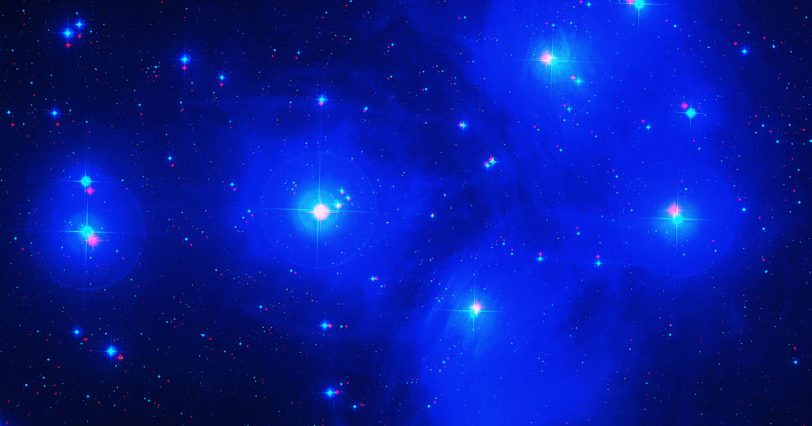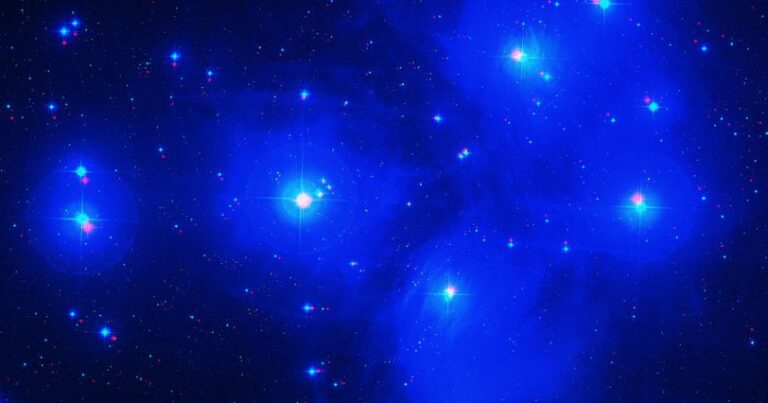These Stars Are Moving in an Odd Way, According to Scientists
These star clusters are seemingly defying the laws of physics.
Astronomers are puzzled by the strange behavior of certain crooked star clusters, which appear to defy gravity’s conventional understanding.
Massive star clusters are typically bound together in spirals at the center of galaxies. Some of these clusters are classified as open star clusters, which are formed in a relatively short period of time when stars ignite in a massive cloud of gas.

During this process, loose stars accumulate in a pair of “tidal tails,” one of which is being pulled behind, while the other moves ahead.
“According to Newton’s laws of gravity, it’s a matter of chance in which of the tails a lost star ends up,” Jan Pflamm-Altenburg of the University of Bonn in Germany, co-author of a new paper published in the Monthly Notices of the Royal Astronomical Society, in a statement. “So both tails should contain about the same number of stars.”
However, some of their recent findings appear to defy conventional physics.
“However, in our work we were able to prove for the first time that this is not true,” Pflamm-Altenburg added. “In the clusters we studied, the front tail always contains significantly more stars nearby to the cluster than the rear tail.”
Matter of fact, their new findings are much more consistent with a different theory known as “Modified Newtonian Dynamics” (MOND).
“Put simply, according to MOND, stars can leave a cluster through two different doors,” Pavel Kroupa, Pflamm-Altenburg’s colleague at the University of Bonn and lead author, explained in the statement. “One leads to the rear tidal tail, the other to the front.”
“However, the first is much narrower than the second — so it’s less likely that a star will leave the cluster through it,” he added. “Newton’s theory of gravity, on the other hand, predicts that both doors should be the same width.”
Taking MOND into account, the researchers’ simulations could explain a lot. For one thing, they imply that open star clusters live for much shorter periods of time than Newton’s laws of physics predict.
“This explains a mystery that has been known for a long time,” Kroupa explained. “Namely, star clusters in nearby galaxies seem to be disappearing faster than they should.”
However, not everyone agrees that Newton’s laws should be replaced with MOND, which has the potential to shake the foundations of physics.
“It’s somewhat promising, but it does not provide completely definitive evidence for MOND,” University of Saint Andrews research fellow Indranil Banik told New Scientist. “This asymmetry does make more sense in MOND, but in any individual cluster there could be other effects that are causing it — it’s a bit unlikely that would happen in all of them, though.”
The researchers are now attempting to refine their picture even further by improving the accuracy of their simulations, which could either support their MOND theory — or conclude that Newton was correct the first time around.
Do not forget to share your opinion with us to provide you with the best posts !




Excellent article. Keep writing such kind of information on your page. Im really impressed by your site.
Hi there, You’ve performed an excellent job. I’ll certainly digg it and in my view recommend to my friends. I am sure they will be benefited from this web site.